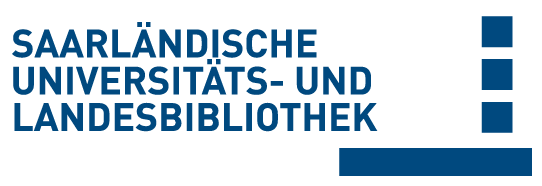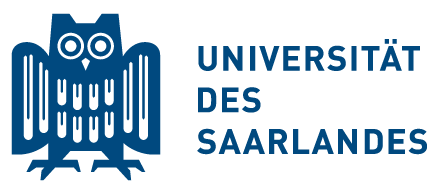Bitte benutzen Sie diese Referenz, um auf diese Ressource zu verweisen:
doi:10.22028/D291-44078 | Titel: | Boosting Tissue Vascularization: Nanofat as a Potential Source of Functional Microvessel Segments |
| VerfasserIn: | Weinzierl, Andrea Harder, Yves Schmauss, Daniel Menger, Michael D. Laschke, Matthias W. |
| Sprache: | Englisch |
| Titel: | Frontiers in Bioengineering and Biotechnology |
| Bandnummer: | 10 |
| Verlag/Plattform: | Frontiers |
| Erscheinungsjahr: | 2022 |
| Freie Schlagwörter: | fat graft nanofat vascularization dorsal skinfold chamber intravital fluorescence microscopy tissue engineering |
| DDC-Sachgruppe: | 610 Medizin, Gesundheit |
| Dokumenttyp: | Journalartikel / Zeitschriftenartikel |
| Abstract: | Nanofat is increasingly applied in plastic surgery for the improvement of scar quality and skin rejuvenation. However, little is known about the underlying regenerative mechanisms. Therefore, we herein investigated nanofat grafts in a murine dorsal skinfold chamber model. Nanofat generated from subcutaneous, inguinal adipose tissue of green fluorescent protein (GFP)+ C57BL/6 male and female donor mice was injected intracutaneously into dorsal skinfold chambers of gender-matched GFP− wild-type mice. The vascularization and tissue composition of the grafted nanofat were analyzed by means of intravital fluorescence microscopy, histology and immunohistochemistry over an observation period of 14 days. The freshly generated nanofat consisted of small fragments of perilipin+ adipocytes surrounded by Sirius red+ collagen fibers and still contained intact CD31+ /GFP+ vessel segments. After transplantation into the dorsal skinfold chamber, these vessel segments survived and developed interconnections to the surrounding CD31+ /GFP− host microvasculature. Accordingly, the grafted nanofat rapidly vascularized and formed new microvascular networks with a high functional microvessel density on day 14 without marked differences between male and female mice. Even though further research is needed to confirm these findings, the present study suggests that nanofat boosts tissue vascularization. Thus, nanofat may represent a versatile resource for many applications in tissue engineering and regenerative medicine. |
| DOI der Erstveröffentlichung: | 10.3389/fbioe.2022.820835 |
| URL der Erstveröffentlichung: | https://doi.org/10.3389/fbioe.2022.820835 |
| Link zu diesem Datensatz: | urn:nbn:de:bsz:291--ds-440785 hdl:20.500.11880/39431 http://dx.doi.org/10.22028/D291-44078 |
| ISSN: | 2296-4185 |
| Datum des Eintrags: | 22-Jan-2025 |
| Fakultät: | M - Medizinische Fakultät |
| Fachrichtung: | M - Chirurgie |
| Professur: | M - Prof. Dr. Michael D. Menger |
| Sammlung: | SciDok - Der Wissenschaftsserver der Universität des Saarlandes |
Dateien zu diesem Datensatz:
| Datei | Beschreibung | Größe | Format | |
|---|---|---|---|---|
| fbioe-10-820835.pdf | 3,97 MB | Adobe PDF | Öffnen/Anzeigen |
Diese Ressource wurde unter folgender Copyright-Bestimmung veröffentlicht: Lizenz von Creative Commons


